Gymnastics
History of Gymnastics
Gymnastics, as we know it today, has its roots in ancient civilizations. The ancient Greeks practiced a form of gymnastics that included skills for mounting and dismounting a horse, and circus performance skills. The term "gymnastics" itself comes from the Greek word "gymnos", which means naked, as the Greeks traditionally trained in the nude.
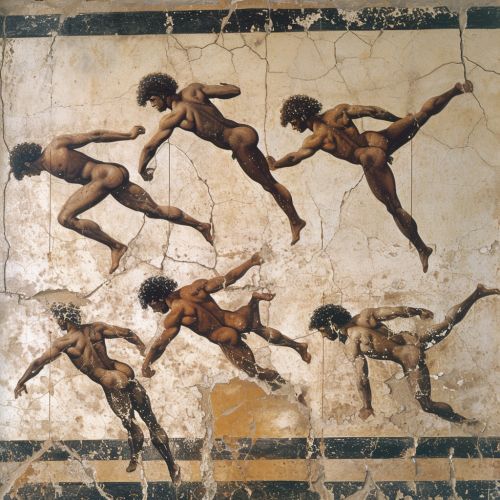
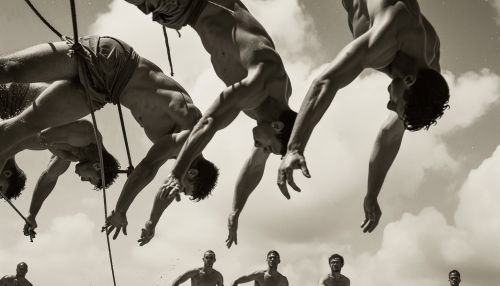
In the late 18th and early 19th centuries, two pioneer physical educators – Johann Friedrich GutsMuths and Friedrich Ludwig Jahn – created exercises for boys and young men on apparatus they had designed that ultimately led to what is considered modern gymnastics. These exercises were intended to build strength, agility, and grace. The sport was included in the first modern Olympic Games in 1896.
Apparatus and Events
Gymnastics events have been contested at every Summer Olympic Games since the birth of the modern Olympic movement at the 1896 Summer Olympics. Each country has its own national governing body (BIW) affiliated to the FIG.
Men's gymnastics was on the schedule of the first modern Olympic Games in 1896, while women's gymnastics was added later, in 1928. The events in men's gymnastics are: floor exercise, pommel horse, still rings, vault, parallel bars, and horizontal bar. Women's gymnastics events include: vault, uneven bars, balance beam, and floor exercise.
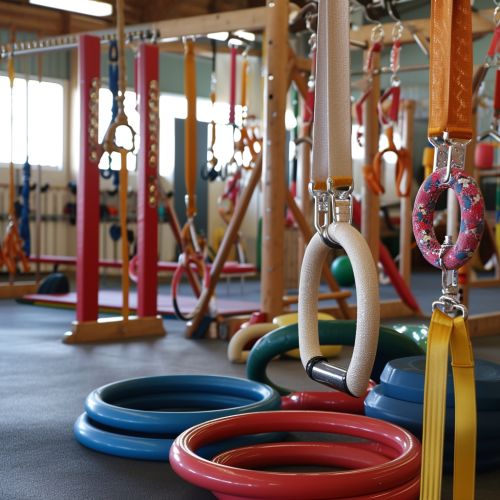

Scoring and Rules
In gymnastics, a routine is a short sequence of maneuvers on an apparatus, performed in competition or in practice. In order to be successful, a gymnast must demonstrate strength, flexibility, agility, and balance. These elements are scored by a panel of judges who evaluate the performance.
The scoring system in gymnastics is complex and has evolved over time. The current system, known as the Code of Points, was implemented by the FIG in 2006. This system awards points for the difficulty of the maneuvers performed (the "D score") and for the execution of these maneuvers (the "E score").
Training and Injuries
Training for gymnastics is rigorous and can be dangerous. Gymnasts often start training at a young age, and their training can be both physically and mentally demanding. They must maintain a high level of fitness, and they must also master complex skills and routines.
Injuries are common in gymnastics. The most common injuries are sprains and strains, but more serious injuries can occur, especially when a gymnast is learning a new skill or performing a skill improperly. Despite the risk of injury, many gymnasts continue to train and compete at a high level.
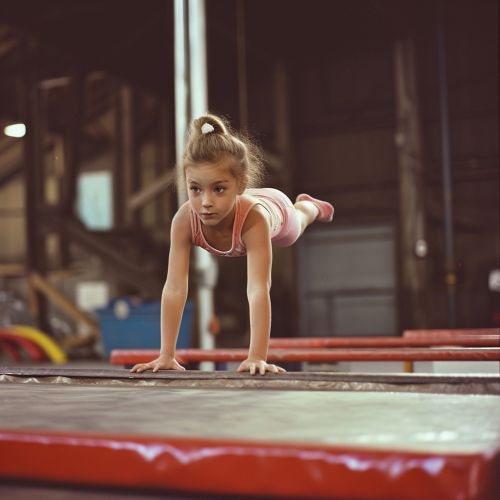
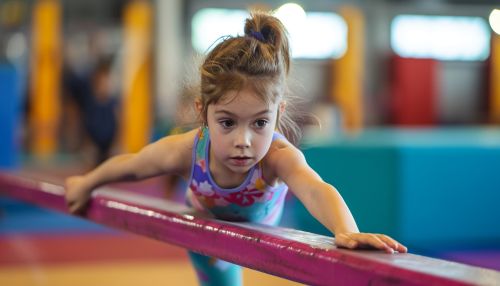
Gymnastics and Society
Gymnastics has a significant impact on society. It is a popular sport, with millions of participants worldwide. It is also a major event at the Olympic Games, and it is often featured in the media.
In addition to its popularity as a sport, gymnastics also has a significant impact on physical education programs. Many schools offer gymnastics as part of their physical education curriculum, and many children learn basic gymnastics skills at a young age.
Gymnastics also has a cultural impact. It is often featured in movies and television shows, and many famous gymnasts have become cultural icons.
